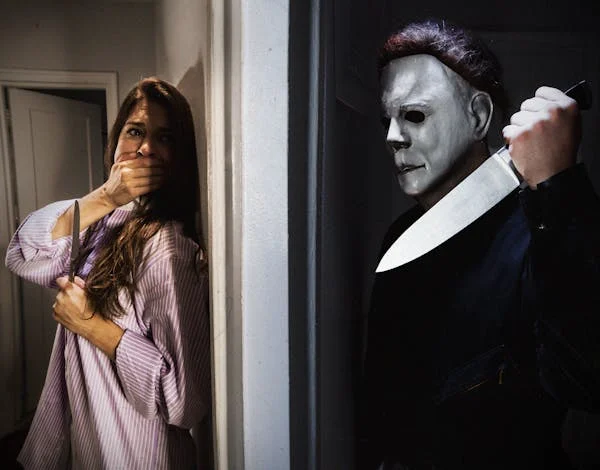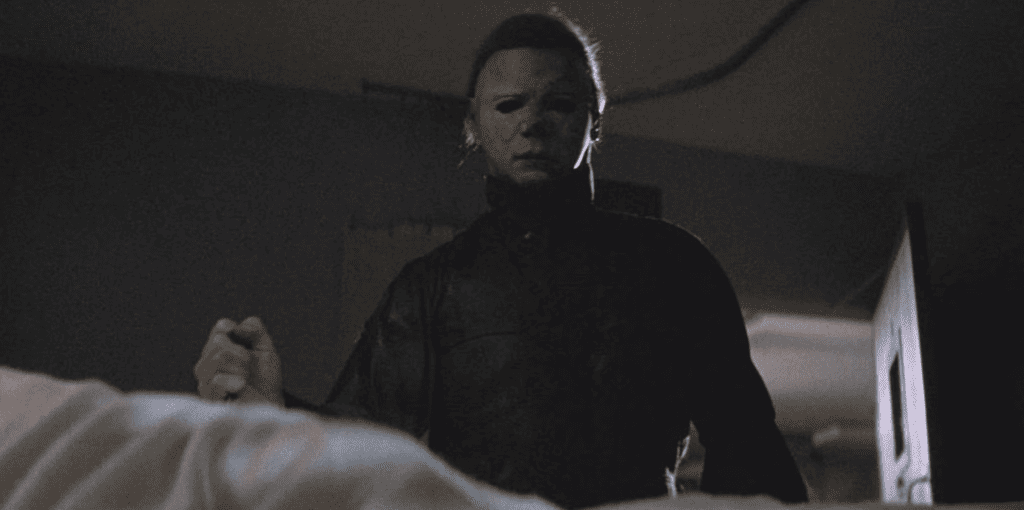Horror movies have come a long way, shifting from the silent chills of Nosferatu to the complex psychological scares of Hereditary.
Modern horror films are different because they tap into our deepest fears while using new storytelling tools.

Technology and Horror: How Modern Tools Amplify Fear
Technology has drastically changed how filmmakers create and deliver horror.
Modern horror movies take advantage of special effects, practical effects, and even digital tools like CGI to terrify audiences.
For instance, a movie like Host (2020), filmed entirely over Zoom, illustrates how terrifying the digital age can be, similar to the high stakes of one click trading where a single decision can have massive repercussions.
Unfriended (2015) is another example of a film that uses the digital world to create fear, where the main characters face danger through their social media interactions.
This taps into the modern fear of how our online lives can turn deadly.
Practical vs CGI Effects: Which is More Terrifying?
A lot of modern horror movies blend practical and CGI effects to create fear. Practical effects are things like makeup, puppetry, or costumes.
In contrast, CGI (computer-generated imagery) is digital and often creates supernatural elements.
For example, in The Conjuring, practical effects like makeup on the ghost characters made them look real, while CGI helped make certain terrifying scenes even more intense.
Here’s a comparison between practical effects and CGI effects in modern horror:
| Practical Effects | CGI Effects |
| Feel more realistic because they are physical props or makeup. | Create supernatural effects that can’t be done practically, like ghosts floating. |
| Often have a gritty, raw quality (think The Thing from 1982). | Can sometimes look too “fake” if overdone or used badly. |
| More expensive and time-consuming to create. | Quicker to produce but can be costly if it’s high-quality. |
Some fans argue that practical effects look better because they’re real.
In movies like An American Werewolf in London, the transformation scenes are done with prosthetics, which made them more horrifying.
On the other hand, CGI can be more flexible and is great for supernatural horror like The Ring or The Grudge.
Psychological and Social Commentary in Horror
While jump scares and gore are still popular, modern horror is also more cerebral. That means it tries to mess with your mind instead of just making you scream.
Jordan Peele’s films, such as Get Out and Us, push the boundaries of the genre through social commentary.
The films tackle a number of societal ills, including issues of race and privilege that actively engage an audience member in introspective thought about society.
The terror in Get Out originates in a sense from the main character being Black within a white-dominated society.
It’s not simply a monster movie; it’s a horror story that calls into question one’s own prejudices and terrors. That’s some real powerful horror that can cling to you long after the movie is over.
Modern Subgenres: Horror Keeps Expanding
One of the exciting things about modern horror is new subgenres that keep cropping up.
Rather than slasher or monster films, these days we have subgenres like:
- Folk horror pertains to films like The Witch or Midsommar, which base their terror on rural and isolated settings, addressing themes of cults, religion, and folklore.
- Cosmic horror is a subgenre that plays with the fear of the unknown, such as in Annihilation, when characters are faced with otherworldly forces beyond their control.
- Eco-horror: A fear of nature or environmental collapse that’s on the rise with films like The Happening, which plays on our worst fears of what happens when nature really does turn against us.
But that’s the beauty of modern horror: it’s in constant flux and manages to remain current. What people fear changes over time, and the horror movies they make change with that fear.
The Rise of International Horror
While the United States has had its share of popular horror movies, some of the best horror movies of recent years are the ones that come from other countries.
This is evident through the South Korean horror, which has gained international appeal and a film such as Train to Busan, 2016, a thrilling combination of action with zombies.
Japanese horror, J-horror, is also constantly influential with the films like The Ring, and The Grudge have shaped the manner in which western filmmakers have managed to think about the supernatural horror.
The international films introduce cultural fears across varied screen horizons, making them refreshing to the global audience.
What is scary in Japan or South Korea is different from what is scary in the US, but boundaries are crossed in the genre of horror.
Be it ghosts, zombies, or even viruses that kill, fear is everywhere.
Conclusion
The reason why modern horror works so well is that it captures real-life fears so amazingly.
Apart from simple monsters or serial killers, many modern horror films show psychological, social, and even global fears.
Technology, shifting social norms, and our ever-connected world mean horror films have a chance to evolve in ways that make us feel vulnerable in ways old horror movies couldn’t.

Elara is a dynamic writer and blogger who specializes in pop culture and movie reviews. With a background in film studies and journalism, she combines her deep knowledge of the entertainment industry with a sharp, insightful writing style that keeps readers coming back for more.




![‘Jay Kelly’ Review – Noah Baumbach Makes A Case For The Magic Of Movie Stardom [NYFF 2025] ‘Jay Kelly’ Review – Noah Baumbach Makes A Case For The Magic Of Movie Stardom [NYFF 2025]](https://cdn.geekvibesnation.com/wp-media-folder-geek-vibes-nation/wp-content/uploads/2025/11/Jay-Kelly-JKELLY_20240523_15320_C2_R-300x180.jpg)


1 Comment
bro u just saved my graduation thx